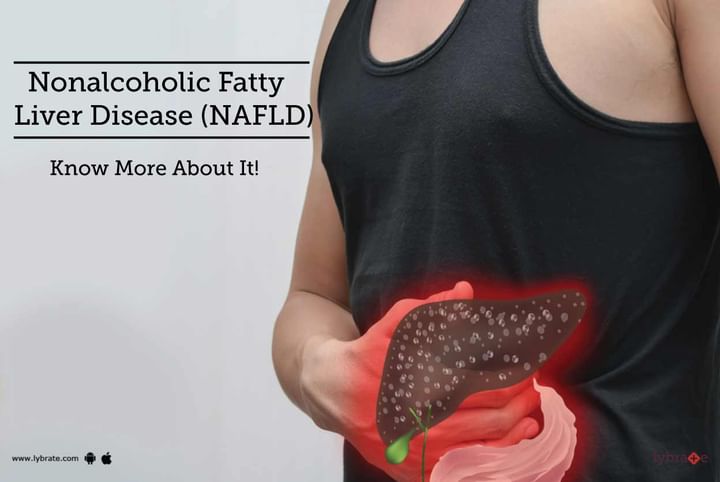Nonalcoholic Fatty Liver Disease (NAFLD) - Know More About It!
In healthy individuals, the liver contains little or no fat. In overweight or obese people, gradual fat accumulation leads to significant liver disease. Interestingly, these individuals may be consuming minimal to no alcohol. So, alcohol, which is the main cause of liver damage, does not have a significant role to play.
The non-alcoholic fatty liver disease (NAFLD) has 4 significant stages as outlined below. It is a chronically progressive disease and may take years to reach the final stages of cirrhosis and fibrosis.
1. Simple fatty liver (steatosis): This is usually identified when diagnostic tests are done for some other suspected conditions. There are usually no symptoms obvious in this stage, other than the buildup of fat in the liver.
2. Non-alcoholic steatohepatitis (NASH): The second stage where the liver is inflated to a greater extent due to fat accumulation.
3. Fibrosis: The next degree of inflammation where blood vessels may be narrowed leading to scarring in the liver with impaired liver functions.
4. Cirrhosis: This is the most severe stage that occurs due to years of cumulative inflammation. The liver shrinks in size is scarred, and liver functions are markedly impaired and can also result in liver cancer.
Risk factors for NAFLD: The exact reason why a person develops NAFLD is not established, but some of the risk factors include
1. Obesity, with more weight concentrated around the abdomen
2. Type 2 diabetes
4. High cholesterol levels
5. Age greater than 50
6. Smoking
Symptoms: This will depend on the stage in which it is identified. While there are no symptoms in the early stages, in some people there could be dull, aching below the ribs, weaknes and extreme tiredness. Apart from these, increased acidity, bloating and headache are also some of the symptoms of it. As it progresses to cirrhosis, there could be jaundice, fluid accumulation in the abdomen and feet, and itching of the skin.
For diagnosis, USG abdomen and Fibroscan are some good options for the patients who are having symptoms.
Management: While there is no treatment aimed at curing the disease per se, there are ways to manage the symptoms, as noted below.
1. Weight loss: Reducing excess accumulated fat will help reverse symptoms and prevent further progression of the disease. A BMI of 18 to 26 is considered optimal.
2. Dietary changes: Modify your diet by including protein-rich and low carbohydrate foods. You should also have reduced fats and sugars to stay healthy.
3. Exercise: Whatever your choice of workout, it will do wonders for NAFLD. Keep a target of an hour or two of moderate to intense exercise per day to reduce weight.
4. Smoking: This is another risk factor and can also help prevent other effects of NAFLD such as diabetes and heart disease.
NAFLD is highly controllable with these changes and other damages can be reversed too.



+1.svg)
